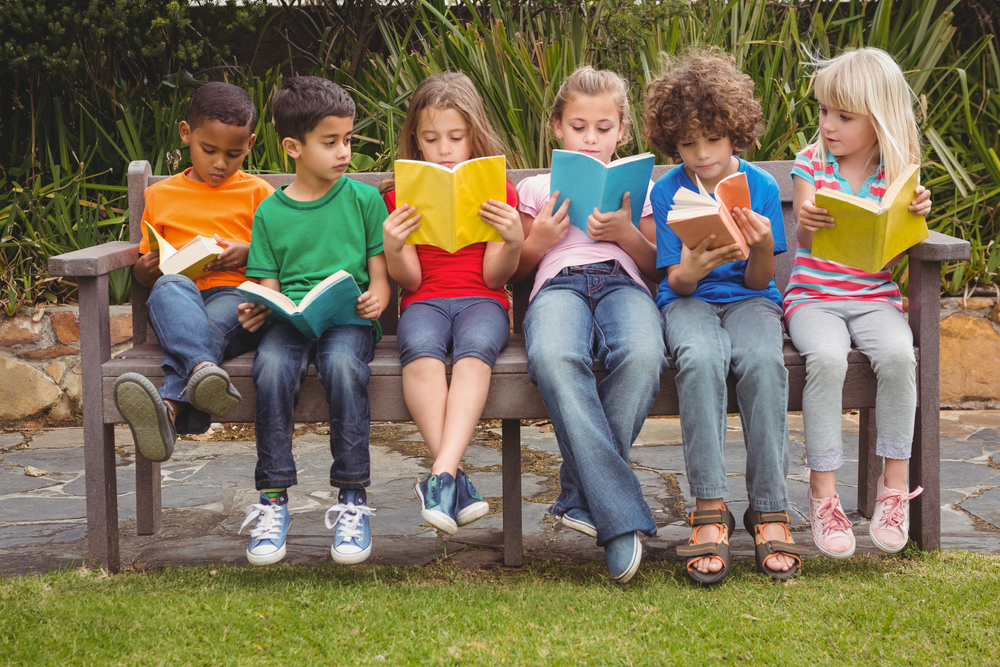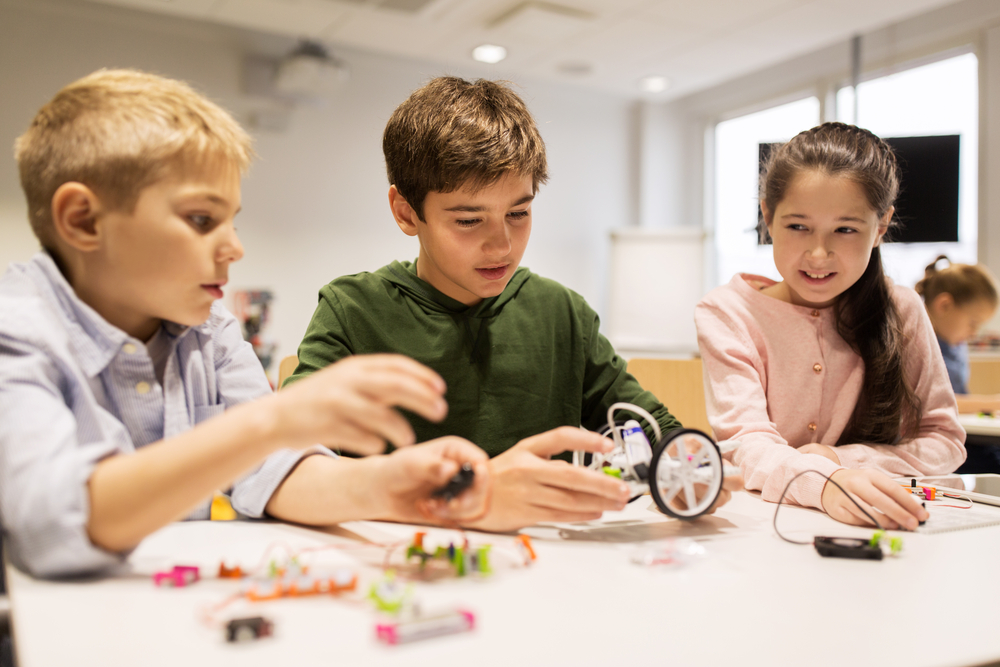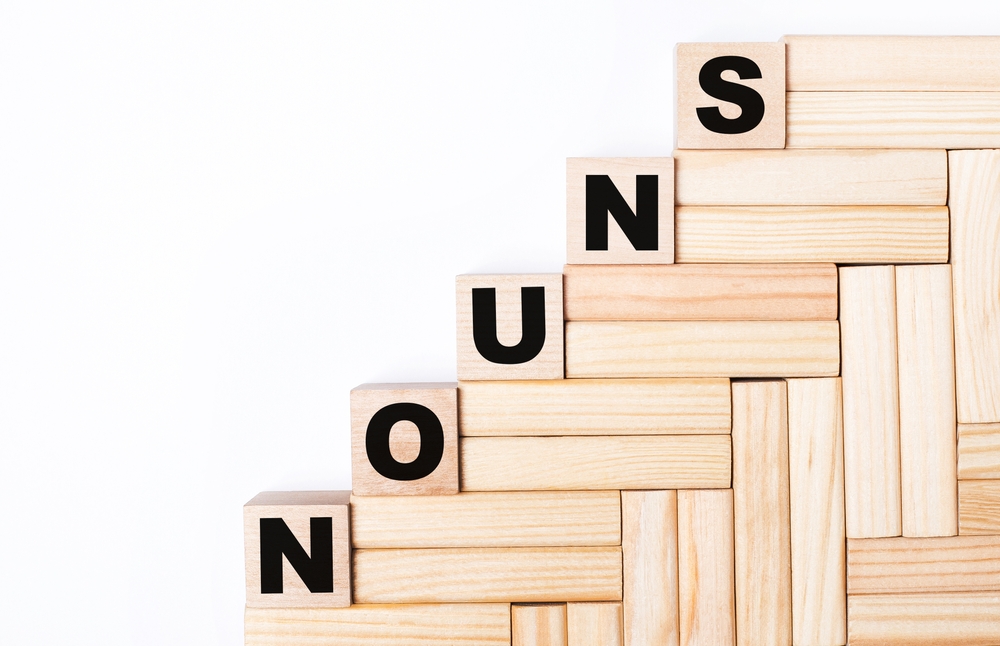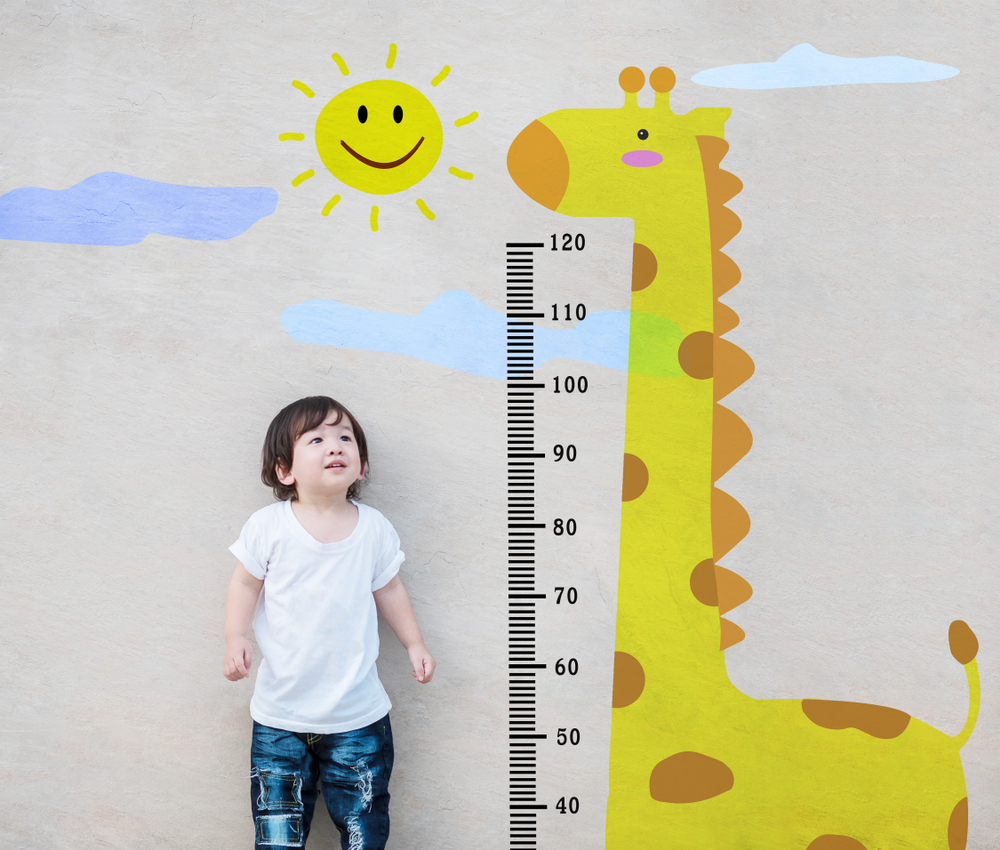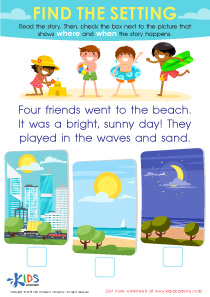Visual Perception Skills Easy Worksheets for Ages 6-7
5 filtered results
-
From - To
Introducing our "Visual Perception Skills Easy Worksheets for Ages 6-7"! Designed to enhance your child’s learning, these engaging exercises focus on developing crucial visual perception skills. Perfect for young learners, our printable worksheets cover activities such as matching, sorting, and identifying patterns, all aimed at improving visual processing, attention to detail, and cognitive recognition. Whether used at home or in a classroom, these fun and educational resources provide a strong foundation for reading, writing, and problem-solving. Help your child excel with our expertly crafted materials, and watch their confidence and abilities grow. Visit now to explore!


Counting Tens and Ones: Part 1 Worksheet
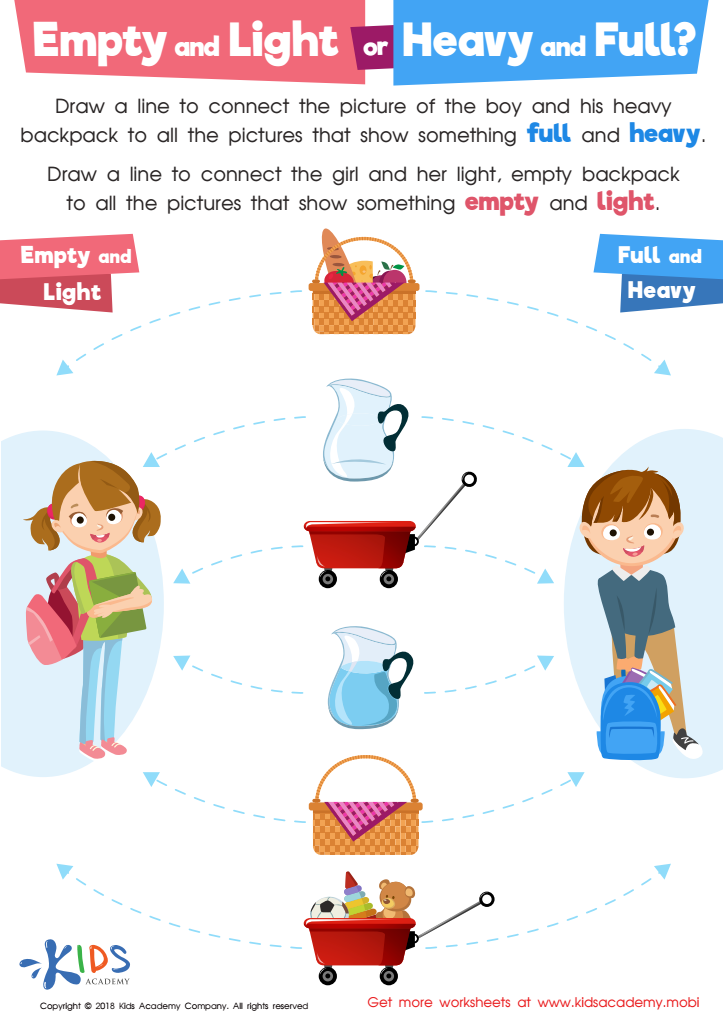

Empty and Light or Heavy and Full? Worksheet
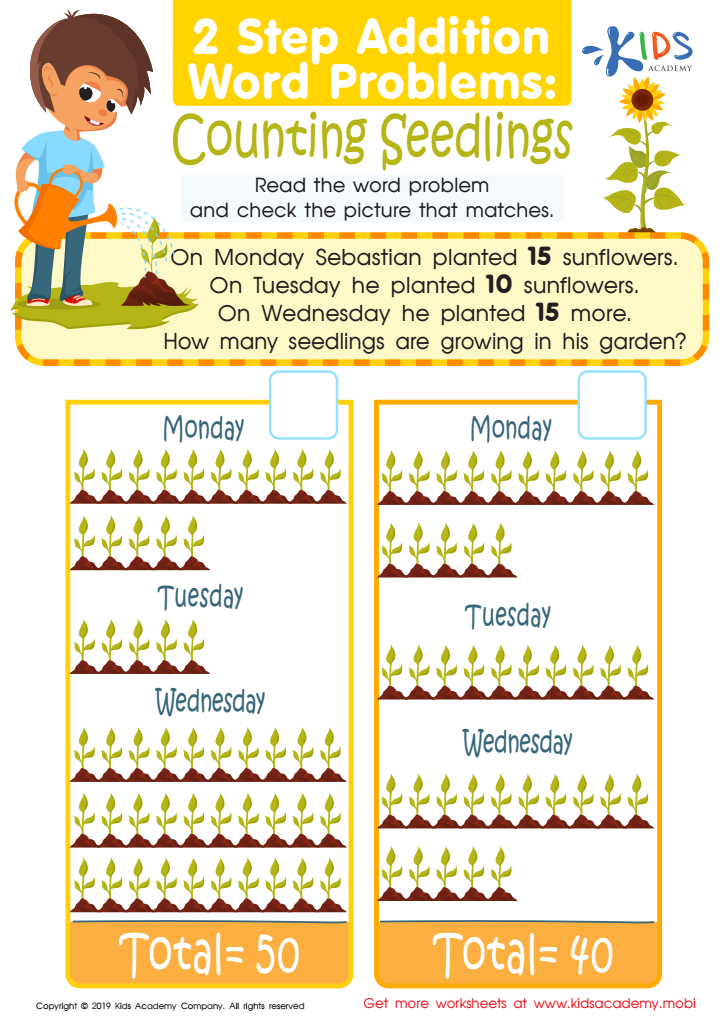

Counting Seedlings Worksheet
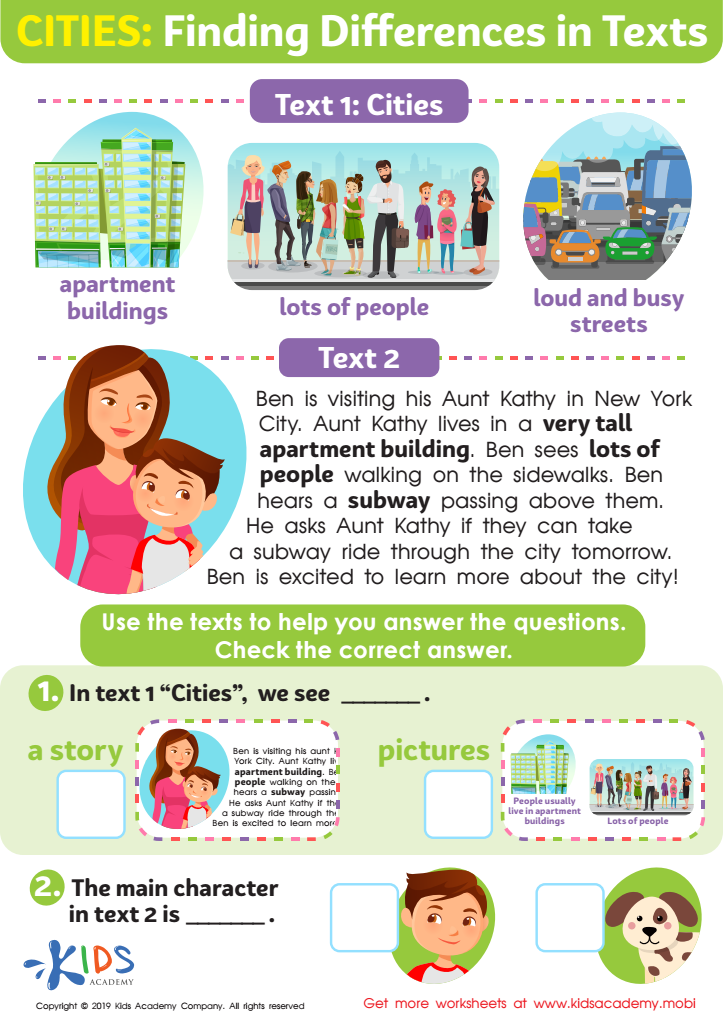

Cities: Finding Differences Worksheet
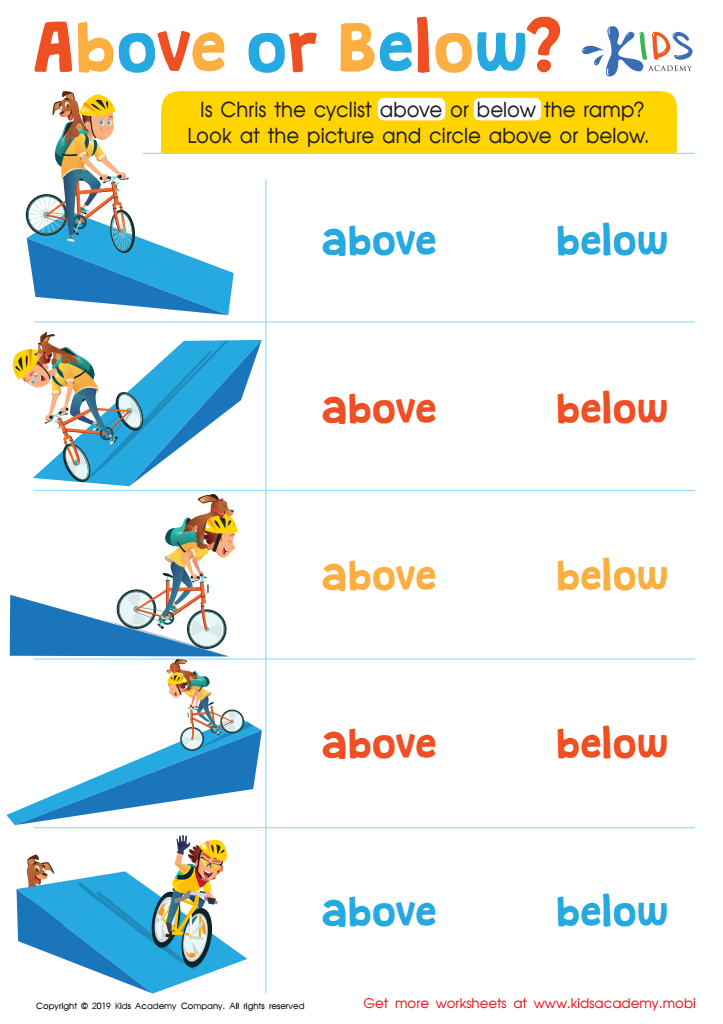

Above or Below? Worksheet
Visual perception skills are crucial for children ages 6-7 as they significantly impact their academic and everyday life. At this developmental stage, children are beginning to engage more deeply with structured learning, and strong visual perception skills can enhance their ability to interpret and make sense of visual information. These skills include visual discrimination (distinguishing between different shapes, sizes, and colors), visual memory (remembering visual details), and spatial relationships (understanding how objects relate to each other in space).
For parents and teachers, supporting the development of these skills is essential because they form the foundation for reading, writing, and mathematics. For instance, visual discrimination helps children recognize letters and numbers, reducing errors in reading and arithmetic. Visual memory aids in remembering how words are spelled and recalling mathematical formulas. Spatial relationships are important for understanding geometry and organizing written work effectively.
At home and in the classroom, activities such as puzzles, drawing, simple crafts, and interactive games can strengthen these skills. By prioritizing visual perception development, parents and teachers can help children build the essential tools they need for academic success and everyday problem-solving. Supporting visual perception skills fosters confidence and independence, setting a solid groundwork for future learning and development.
 Assign to My Students
Assign to My Students



